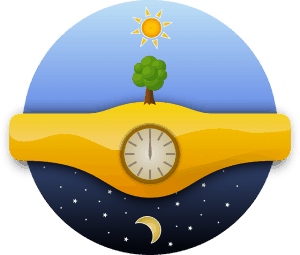
You have come to the right place if you are looking for fun, engaging and exciting Day and Night themed activities to do with toddlers, preschoolers and kindergartners. Our activities are widely used by teachers, moms, dads, child care providers and more!
All our activities are available at no cost and are free to print and share. Select below to get started.
Day and Night Arts and Crafts
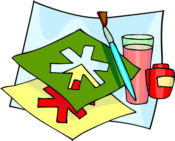
Starry Night:
1. Use an old window shade of a dark color. Have them children use white crayons or chalk to draw the sky at night. Or let the children use bobbi-pins to punch constellation holes in the shade. When you hold the shade up to a window the light will shine through to make starlight.
2. Splatter white paint on black or blue paper or use a spray bottle to create a starry night picture. Children can add moon or constellation with a paint brush or crayons.
3. Do night/day pictures by placing a dark sheet of paper next to a light piece of paper. Have the children glue on appropriate clothing items on each page.
Smiling Sun
Cut a big circle from yellow construction paper. Glue onto blue construction paper. Draw a happy face on circle and draw rays around sun. Tear yellow foam egg cartons into small pieces and glue along rays you have drawn.
Sun Rocks
Yellow powdered tempera, salt or sand, shaker containers, rock, Q-tips, Glue
Mix powdered yellow tempera paint with salt or sand and pour it into shaker containers. Give each of the children a rock that has a smooth surface. Give them use Q-Tips to draw suns on their rocks with white glue. Then let them sprinkle the yellow salt or sand over the glue.
Scratch Art
Color a piece of paper with yellow crayon. Mix a small amount of liquid soap into black paint (soap helps paint stick to waxy crayon). Paint over the yellow crayon. Let dry. When dry scratch off paint to make stars and moons.
Shadows
On a sunny day get the children to draw around a shadow – in the morning, at noon and in the evening. During this time they can see the different things shadows do and where they move.
Clocks
A clock can be made with a circle of cardboard or a paper plate, a paper fastener and something for the hands for example leaves. Put the hands of the made clock on a selected time and place it next to a real clock. Then watch the clocks from time to time till they read the same time. (Helps develop the concept of time passing).
Painting
Staple two paper plates together back-to-back. Get the children to paint on side black and sprinkle it with gold glitter, then paint the other side a bright colour.
Potato print with star and moon shapes.
Let the children roller paint a sheet of paper with black paint and then while wet sprinkle with gold glitter or when dry use glue and gold glitter.
String paint with a piece of string dipped in black paint.
Paint a paper cylinder black and then glue on foil shapes of stars and moons.
Place a piece of paper in the bottom of a baking tray or small box. Add a bit of black paint and some golf ball or marbles. Then the children move these backwards and forwards to spread the paint and make a pattern.
Use foam paint rollers over the top of paper or plastic doilies. Do this on colored or white or colored paper. Lift of for an interesting pattern.
Use cotton balls with black paint.
Use black paint on an easel.
Playdough
Make black Playdough.
For Fun
Make star gazers out of toilet paper rolls and wax paper.
Color with glow in the dark crayons.
Talk about Night Animals and what they do. Owl babies is a great book for night time animals. Discuss animal sleeping habits. Find out what animals sleep during the day and are awake at night. What animals are heard first thing in the morning? Where do animals sleep and in what position do they sleep? Choose some animals to pantomime while they are asleep.
Decorate boxes like little beds for their stuffed animals.
Art:
Make night pictures with blue or black construction paper. Have the children put anything on the paper that relates to the sky. I did this with my preschool class (3 year olds) and then we wrote planet stories too. I did a lot of things with planets. We made a planet out of paper mache. The children drew their own planets and told me stories about their planets.
Day and Night Games and Activities
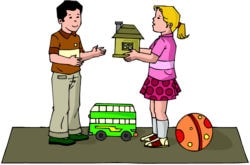
All Night and All Day
1. Collect pictures of children, families and animals involved in activities related to nighttime (sleeping, wearing pajamas, using flashlights, animals in the dark) and daytime (playing outside, hiking, animals in daylight).
2. Laminate or cover with clear self-adhesive paper for durability if desired.
3. Put the pictures out in a basket or shoe box for kids to look at on their own, during circle time talk with them about the activities in the pictures.
4. Divide a poster board or large sheet of paper into two sections. On one side draw a large sun, blue sky and on the other side draw a dark sky with moon and stars.
5. Encourage kids to place the pictures of daytime activities on the “sunny side” and the night pictures on the “dark side”.
Basic Concepts to Teach:
-A whole day lasts 24 hours and consists of both day (light) and night (dark).
-The sun rises in the east, is high in the sky by noon, and sets in the west.
-The sun is a big star. It gives off light and heat all the time.
-It is lighter and warmer during the day because our part of the earth is turned toward the sun then.
-Daytime is from the times rises (sunrise) until the sun sets (sunset).
-Nighttime is from the time the sun sets until the sun rises.
-Sometimes the daylight lasts longer than the darkness (in summer) and at other times the darkness lasts longer than the light (in winter).
-At night it is darker and colder because our part of the earth is turned away from the sun then.
-Night is nice (stress pleasant aspects of night.) It is a good time to sleep and rest.
-When it is day in our half of the work, it is night in the other part of the work.
-The time between sunrise and noon (midday) is called morning. The time between noon and the evening meal is called afternoon and the time after sunset is called night.
-People wear different clothes for the many things they do during the day and night such as work clothes, play clothes, party clothes, night clothes (pajamas).
-The stars shine all the time. We do not see the stars in the daytime because the sunlight is so bright that we cannot see them.
-Most stars are so far away that we see them as tiny dots of light at night.
-Some stars look like they are groups together. These groups are called constellations.
-The moon is an object (satellite) that orbits our earth.
-The moon shines at night because the sunshine is reflecting off of it. The light we see is called moonlight.
-Clouds may hide the sun and stars from our view.
-The sun may cause our skin to become tan or to burn.
Vocabulary to Introduce:
sun
moon
stars
awake
sleep
day
night
earth
dream
sunny
cloudy
flashlight
hot
cold
shine
dark
light
orbit
constellation
shadow
Shadows
Call attention to the children’s shadows and the shadows of other objects. Measure the children’s shadows in the morning, at noon, and before they leave in the afternoon, all at the same spot. Pound a long stick in the ground in an open spot. Measure the length of its shadow at different times of the day. Discuss why this happens with the children.
Indoors, have the children look for their shadows. Use a flashlight as the sun and a stand up doll as a person. Let each child discover how to make long and short shadows on all sides of the doll. How do you make the shadow disappear? Use a bright light on a movie screen, sheet or a light colored wall and let the children make shadow pictures.
Heat of the Sun:
Discuss how the sun burns us. This can be a good time to introduce the use of sunblock and sunglasses to protect our eyes and skin. The children can stand in the sun and then in the shade to feel the difference in temperature. A teacher can demonstrate how the sun can burn by using a magnifying glass to burn a hole in a piece of paper.
Day and Night:
On a globe, place a small paper figure on the location of where you live. Stick a paper figure on the opposite side too. Darken the room and use a flashlight to represent the sun. Turn the globe slowly. The children can observe what causes day and night.
If possible darken an area of the room with drapes, sheets over a card table, turning off a light. You can set up the room in daytime areas and nighttime areas with appropriate dress-up clothing.
Plan a slumber party day, when the children can wear their pajamas, slippers, etc to school and bring a favorite blanket, sleeping bag or stuffed animal to cuddle. You can talk about any nighttime fears and read There’s a Nightmare in My Closet or There’s an Alligator Under My Bed by Mercer Mayer.
Games: (Teacher-made)
I See Something What Do You See?
I see something round like the moon; black like the night; yellow light the sun; pointed like a star.
Match Them: use cut outs of the sun, stars, and phases of the moon to match shapes. If you cut them out of wallpaper samples, you can match by patterns or colors.
Ready for bed:
Find out what each child does before going to bed. Ask questions like who takes a bath? Who listens to a story? Talk about the different ways everyone gets ready for bed. Have on hand some of the things children might use when getting ready for bed. Some suggestions are a toothbrush, toothpaste, washcloth, soap, book, glass of water and blanket. Ask the children to recall and share their bedtime routines. Use the props to act them out. This is a good activity for sequencing.
Goodnight Moon
Read story, flannel board re-telling and then set up Goodnight Moon Room with all the objects set up like the book. Have children bring flashlights to school and as you re-tell the story have them shine flashlights on the objects.
Day and Night on the Globe
One good way to show why we have night and day is to take a globe that spins on its base and a flashlight (to be the Sun) into a dark room or hallway. Hold the flashlight far enough away that it will light up half the globe at once, and then have a helper spin the globe slowly. (Make sure it’s spinning in the correct direction – from West to East!) Everywhere that is lit up is having day, and everywhere that is dark is having night. This is a nice visual way to explain the concept.
Day and Night Recipes and Snacks
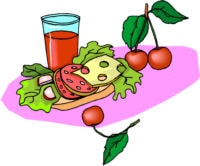
Sunshine Breakfast Biscuits
Use 1 package refrigerator biscuits.
Pat each biscuit into a 3″ circle.
Place on a greased cookie sheet.
To make the rays of the sun, press a plastic knife into the dough, not cutting through.
Press your thumb into the center of each biscuit and drop about 1/2 tsp. orange marmalade into depression.
Bake at 450 degrees for 6-8 minutes.
Day and Night Songs, Poems and Finger Plays
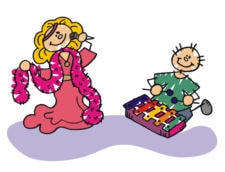
Lightning Bugs
On a warm, calm, summer night,
You might see a yellow light
Dart in the air from bush to tree.
Whatever can that bright light be?
Go get a jar, with a lid that’s tight,
And try to catch your own night light!
Fingerplay
Big yellow moon shines so bright, (Arms above head in circle shape.)
Glides across the starry night, (Arms move from left to right.)
Looks down at me (Hand shades eyes.)
Asleep in bed, (Hands together at side of face.)
Whispers, “Good night, sleepyhead.” (Forefinger in front of mouth.)
Big yellow moon, your turn is done. (Arms above head move down in front of body.)
Here comes Mr. Morning Sun. (Arms move above head in circle shape.)
I wake up. (Arms stretch out.)
You go to bed. (Hands together at side of face.)
“Sleep well, Moon, you sleepyhead.” (Forefinger in front of mouth.)
Music: Sing Twinkle , Twinkle , Little Star.
Too Many in the Bed
Sing or chant:
There were three in the bed (hold up three fingers)
And the little one said
“Roll over, roll over”
So they all rolled over
and one fell out.
There were two in the bed (hold up two fingers)
And the little one said
“Roll over, roll over”
So they all rolled over
and one fell out.
There was one in the bed (hold up pinky)
And the little one said
“Good Night” (place hand to head pretend to be asleep)
Have the kids practice rolling on the round for related motor skills activity. Can start the verse with five or ten, depending on age group. Can also use felt figures and flannel board to illustrate.
Sleeping
Look at pictures of different animals and people sleeping. Talk about the position (laying down, curled up, standing up, upside down) and where the creature is sleeping (bed, floor, cave, tree). Encourage the kids to pretend to be different people and animals sleeping while singing verses (to “Mulberry Bush”)
This is the way the baby sleeps,
The baby sleeps, the baby sleeps (curl up with knees to chest)
This is the way the baby sleeps
In his little crib!
This is the way the daddy sleeps . . . (on back, arms outstretched)
In his big bed!
This is the way the dogs sleep (lay on side)
On the floor!
This is the way the horses sleep (on hands and knees with head down)
In the barn!
This is the way the ducks sleep (stand on one leg with head down)
In the tall grass!
etc. etc.
End the activity with:
This is the way that I sleep (any position)
In my bed! (pretend to sleep for a few seconds).

Dear Reader: You can help us make this theme even better!
All of our theme ideas have come from our imagination and from reader submissions. Please use this form to contact us if you have crafts, activities, games, recipes, songs or poems that you would like us to add to this theme.


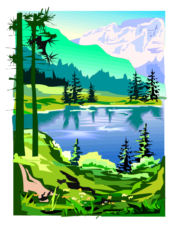

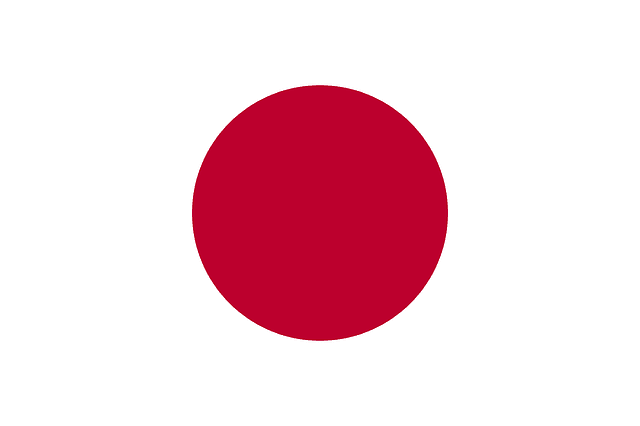
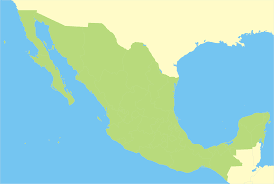

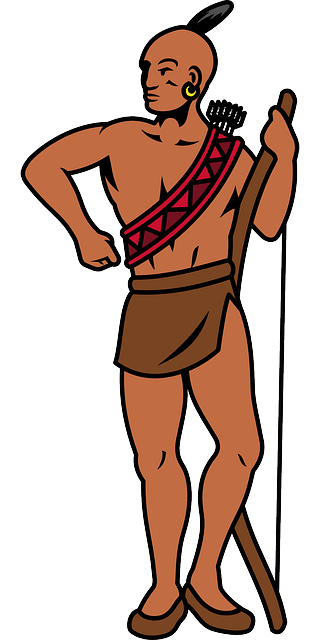
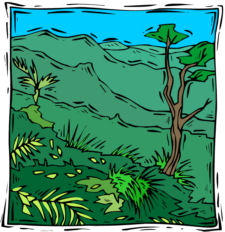
3 comments:
I really loved the night and day crafts idea
Just love it! Such fun and practical ideas to convey the concept of day and night/ time / making use of temperature, shapes, colours and so many other concepts which makes it interesting and educational.
this is so awsome helped me so smuch